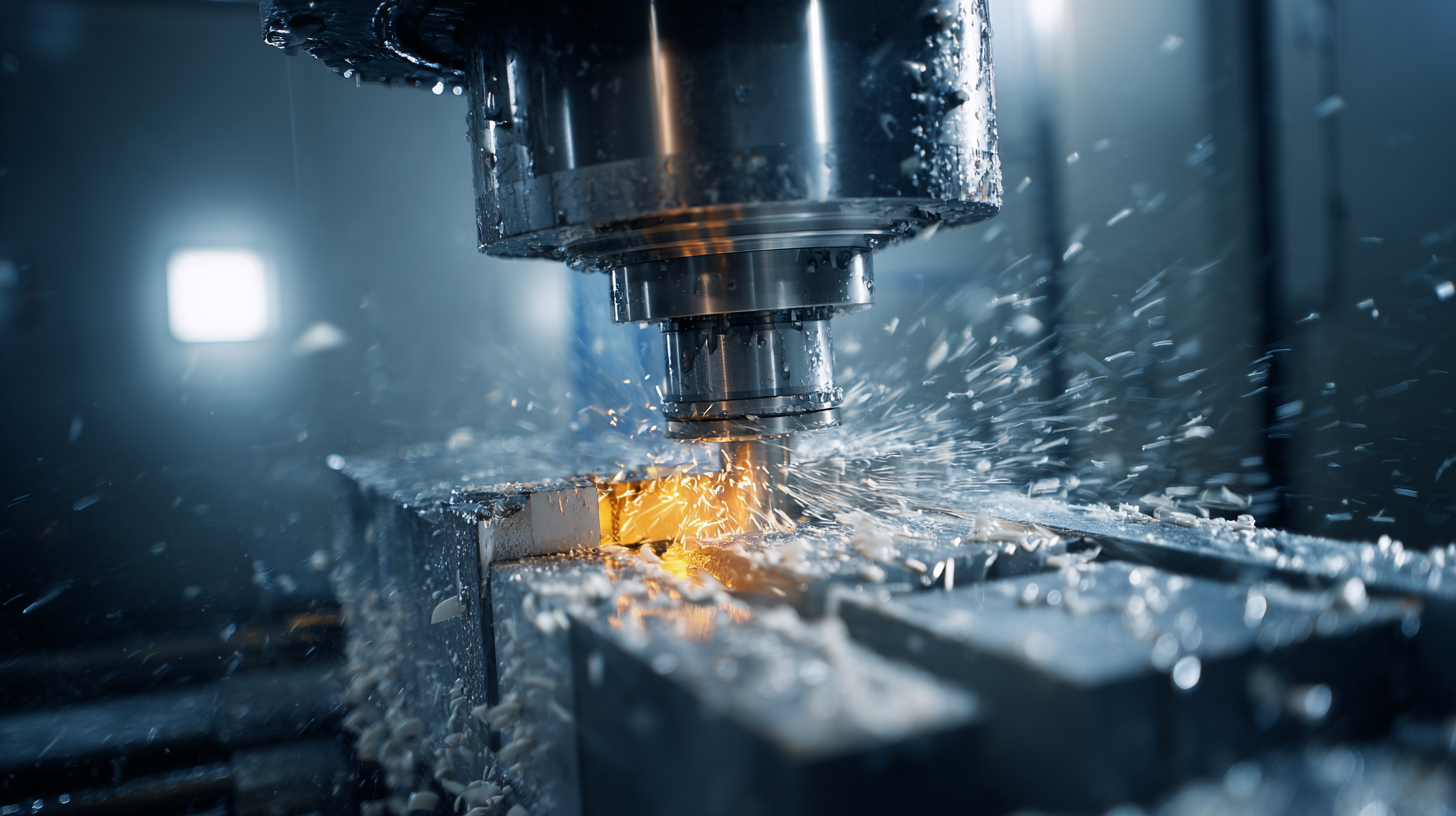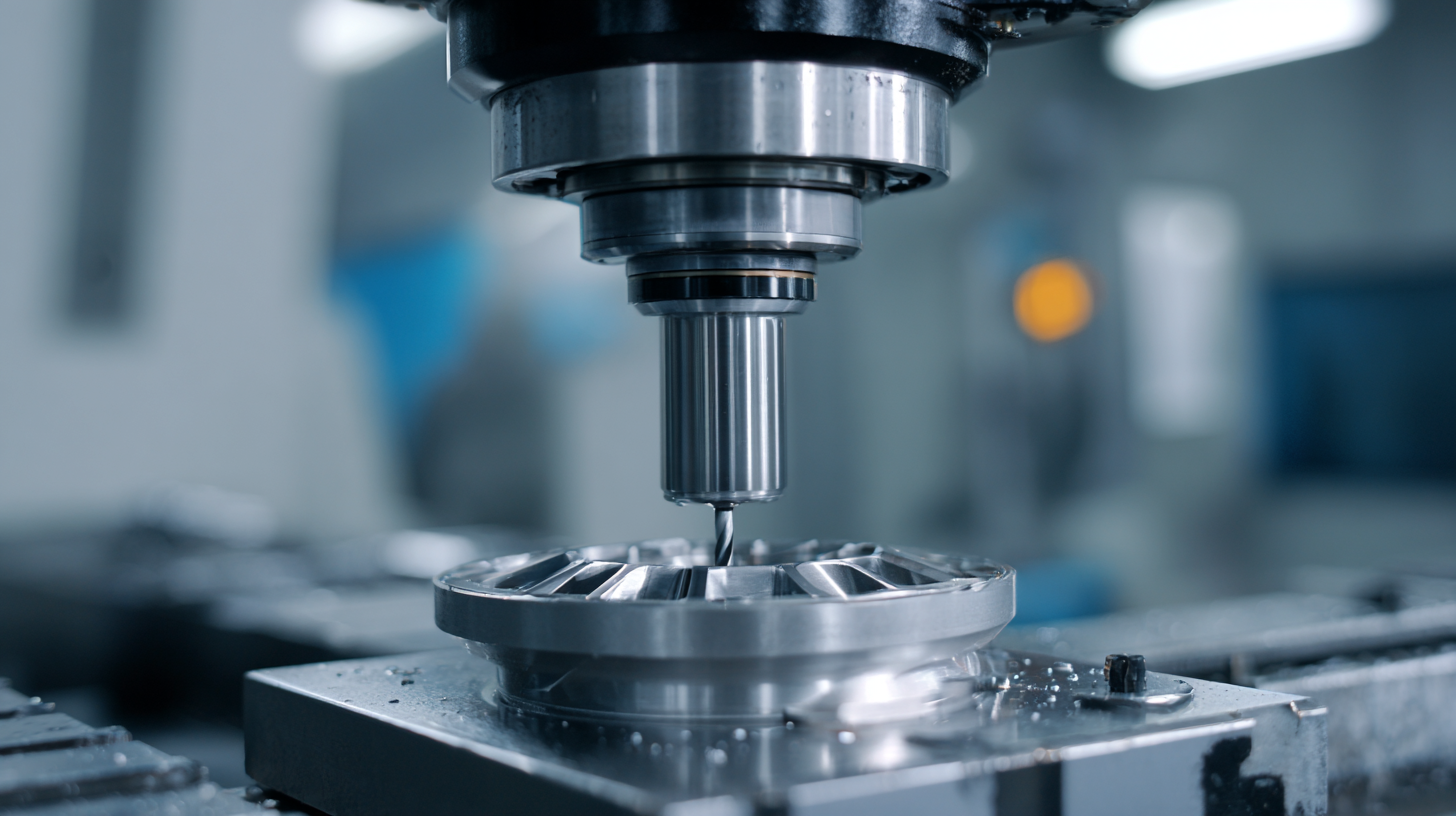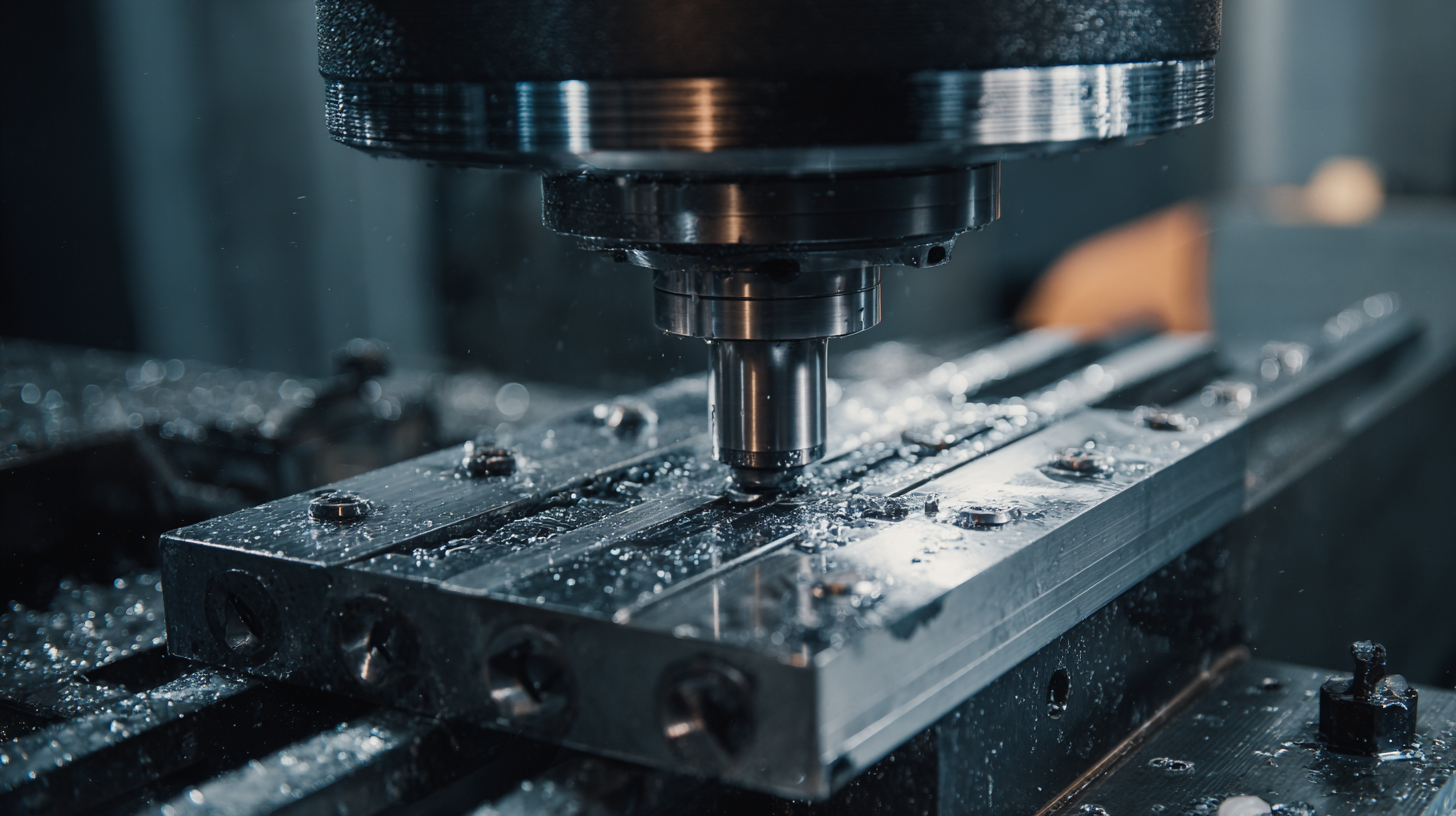Overcoming Global Standards Challenges: The Search for the Best Milling Machine
In the rapidly evolving manufacturing landscape, selecting the right milling machine is critical for companies striving to maintain competitive advantage and meet global standards. According to a report by MarketsandMarkets, the global milling machine market is projected to grow from USD 4.95 billion in 2020 to USD 6.54 billion by 2025, underscoring the increasing demand for precision and efficiency in machining processes. As businesses navigate challenges such as supply chain disruptions and stringent quality regulations, finding a reliable supplier becomes essential. This blog will explore effective strategies for identifying high-quality milling machine vendors, ensuring that manufacturers can not only meet industry standards but also enhance productivity and innovation.

Understanding Global Standards in the Milling Machine Industry and Their Impact on Quality
In the milling machine industry, global standards play a crucial role in defining quality and efficiency. Understanding these standards is essential for manufacturers seeking to optimize their processes and bring forth high-quality products. As the market continues to expand, with projections estimating growth from $7.87 billion in 2023 to $11.45 billion by 2028, adherence to these standards will be pivotal in ensuring competitiveness and meeting consumer expectations.
Moreover, technological advancements within the milling machine sector are paving the way for enhanced precision and sustainability. Innovations such as AI-driven technologies in various industries, including pharmaceuticals, showcase the potential of integrating advanced systems to better manage production processes. Similarly, the adoption of eco-friendly practices, like solar-powered rice mills in Myanmar, highlights the industry's shift towards sustainability. This evolution not only addresses environmental concerns but also broadens the global market appeal, ultimately benefiting both producers and consumers alike.
Key Features to Evaluate When Choosing a Milling Machine for Global Compliance
When selecting a milling machine for global compliance, it’s crucial to consider features that not only enhance efficiency but also meet international standards. One key feature is accuracy; the machine should provide precise measurements to ensure product quality. Additionally, versatility plays a significant role, allowing for various materials and job types to be handled with ease. This is especially important in industries such as medical devices, where compliance with stringent regulations is necessary.

Another consideration is the machine's adaptability to different regulatory environments. Ensure that the milling machine can be calibrated or modified to meet specific regional standards. This adaptability can save time and resources during the production process. Moreover, look for machines equipped with advanced technology to facilitate data collection and tracking, which can help maintain compliance across borders.
Tips: Always request detailed specifications and certifications to ensure the milling machine meets global standards. Conducting thorough research and possibly consultancy with industry experts can help identify the best options. Also, consider the availability of customer support and training services, as this can significantly ease the transition into utilizing new equipment effectively.
Statistics on Cost Efficiency: How the Right Milling Machine Enhances Productivity
In recent years, the milling machine market has witnessed significant growth, with projections indicating an estimated size of USD 57.3 billion by 2025. This surge is closely tied to the industry's escalating demand for cost efficiency and productivity enhancement through advanced milling technologies. As manufacturers increasingly transition toward flexible manufacturing systems (FMS), the integration of high-precision, multi-axis machining centers is becoming vital. Such evolution not only streamlines operations but also enables the production of a diverse range of products more effectively.
Additionally, the adoption of Artificial Intelligence (AI) in machining processes is transforming productivity metrics within the sector. The global CNC machine tools market, anticipated to expand by USD 21.9 billion from 2025 to 2029, illustrates how AI-driven innovations are enhancing operational efficiency. As organizations seek to improve their bottom lines, investing in state-of-the-art machinery, like the recently deployed 5-axis CNC gantry milling machine by a luxury yacht manufacturer, signifies a growing trend. These advancements are not only boosting productivity metrics but also positioning industries to thrive in an increasingly competitive landscape.
Top Brands in Milling Machines: A Comparative Analysis Based on Industry Data
When it comes to milling machines, selecting the right brand is crucial for achieving optimal results in manufacturing. This comparative analysis delves into the top brands in the industry, examining key performance metrics such as precision, durability, and versatility. Leading manufacturers like Haas, DMG Mori, and Mazak have established themselves as frontrunners, each offering unique features tailored to various milling needs. By reviewing user feedback and industry data, we can gain insights into which brand might be the best fit for specific applications.
**Tip:** Always prioritize your specific requirements over brand reputation. Understand the types of materials and the complexity of the projects you will undertake, as this will guide you toward the milling machine that best meets your operational needs.
Furthermore, when comparing brands, consider the availability of technical support and spare parts. A milling machine is an investment, and ensuring that you have access to the necessary resources can significantly affect downtime and maintenance costs. Brands renowned for their customer service often provide additional peace of mind in your purchasing decision.
**Tip:** Don’t overlook the importance of user training. A comprehensive training program from the machine's manufacturer can enhance efficiency and safety, ultimately leading to a better return on your investment.
Overcoming Global Standards Challenges: The Search for the Best Milling Machine
| Machine Type | Power (kW) | Weight (kg) | Max Speed (RPM) | Precision (μm) |
|---|---|---|---|---|
| Vertical Milling Machine | 5.5 | 1500 | 3000 | 10 |
| Horizontal Milling Machine | 7.5 | 2500 | 4000 | 15 |
| CNC Milling Machine | 10 | 2000 | 6000 | 5 |
| Bed Type Milling Machine | 8 | 3000 | 3500 | 12 |
Challenges in Adopting New Milling Technologies and Strategies for Overcoming Them
In the fast-evolving landscape of milling technology, manufacturers often grapple with the challenges of adopting new standards and machinery. These hurdles can stem from financial constraints, resistance to change within organizations, and the steep learning curve associated with sophisticated equipment. To overcome these obstacles, it is essential to approach the transition strategically and with a clear understanding of the potential benefits.

One effective strategy is to invest in training programs that equip staff with the necessary skills to operate advanced milling machines. This not only boosts confidence but also enhances productivity. Additionally, creating a culture that embraces innovation can ease the transition, encouraging employees to adapt new technologies rather than resist them.
Tips: Engage with technology providers for demos and workshops that illuminate the advantages of new milling technologies. Form small focus groups within your organization to champion new processes, encouraging wider buy-in from team members. By implementing these strategies, businesses can navigate the complexities of modern milling technologies more successfully and remain competitive in the global market.
